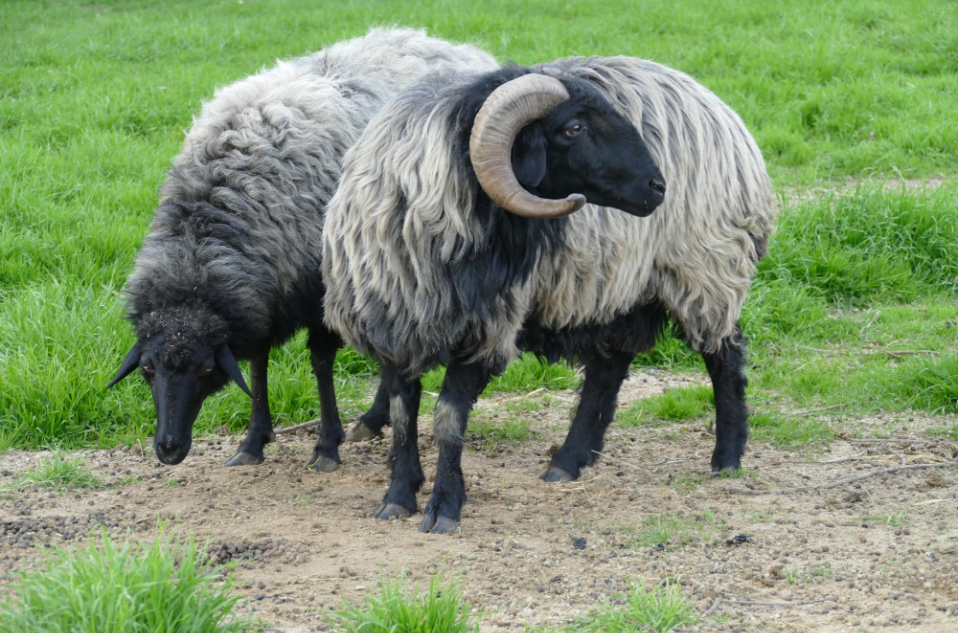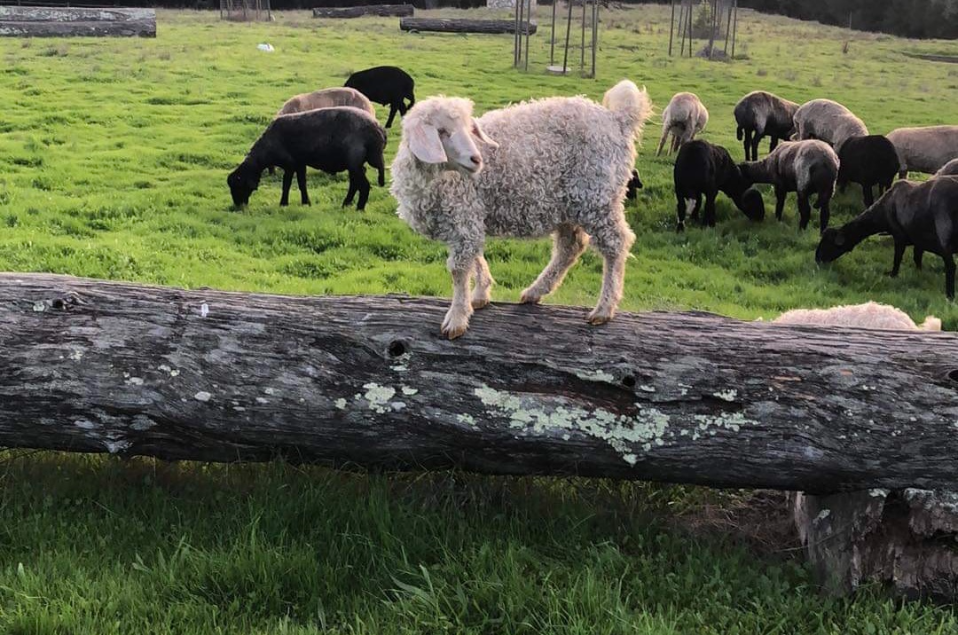KARAKUL SHEEP
WOOL
Karakul sheep have fleece that is soft, lustrous, and dual coated.
The fleece has a longer, somewhat coarser outer part that is used to protect the sheep from inclement weather, and a softer, denser inner part that can be incredibly soft and luxurious. It can be processed into roving, felting batts, and yarn. The lambs have a signature wavey coat when born.
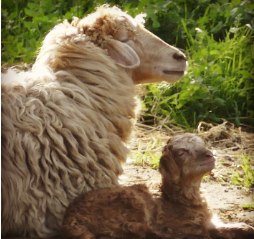
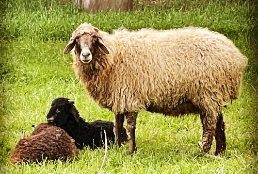
MILK
Karakul sheep's milk is naturally sweet and is high in fat and dissolved solids which is needed to make excellent, high yielding, cheese from relatively small amounts of milk. It is also made into butter and yogurt, which is velvety smooth and creamy sweet. The Karakul signature fat tail provides for a particularly fatty milk.
MEAT
The Karakul holds a unique place in American culinary history as having been the only true fat-tailed breed in the United States. The fat is rendered into tallow, which is then used much as tallow once was in American cooking: to add juiciness and flavor to grilled meat, to grease cookware, or to add the mild flavor to a dish.
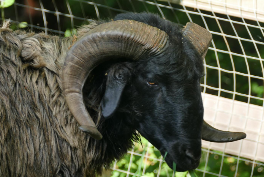
Karakul sheep are considered to be one of the oldest domesticated breeds. There is archaeological evidence of the existence of Persian lambskin as early as 1,400 B.C., and carvings of a Karakul type have been found on Babylonian temples. The breed is triple-purpose, treasured for its meat, fiber and milk. Karakul sheep's milk is naturally sweet and sought after to produce extraordinary soft cheeses as well as deliciously sweet butter and yogurt.
Karakuls are registered with the Karakul Shepherds Alliance
